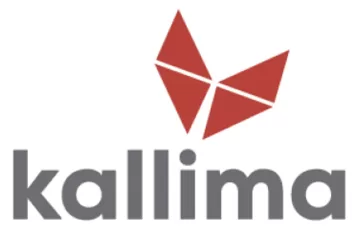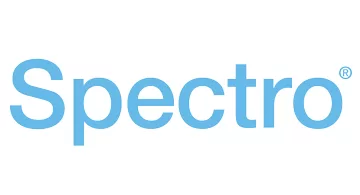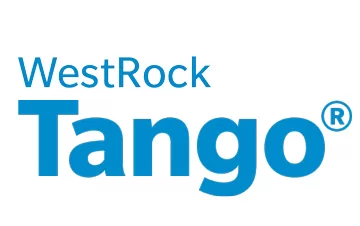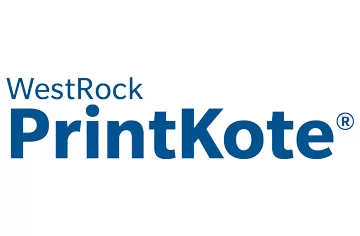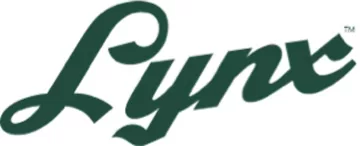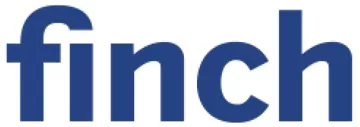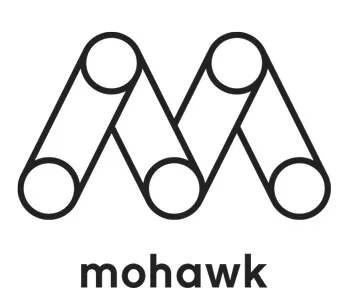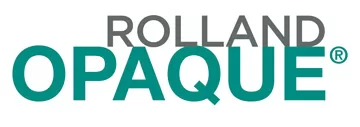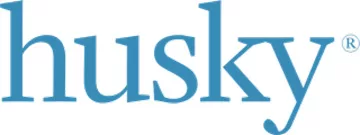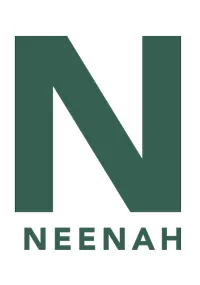Types of Paper Explained
When selecting the between different types of printing paper stock types for your project, it's crucial to understand the various terms. What sets matte apart from uncoated? We'll provide detailed explanations of these types.
A clear understanding of common types assists in choosing between coated and uncoated for commercial offset printing. We advise examining swatch books to evaluate several options. By feeling the weight and texture of larger sheets, you can better judge if they meet your project’s requirements.
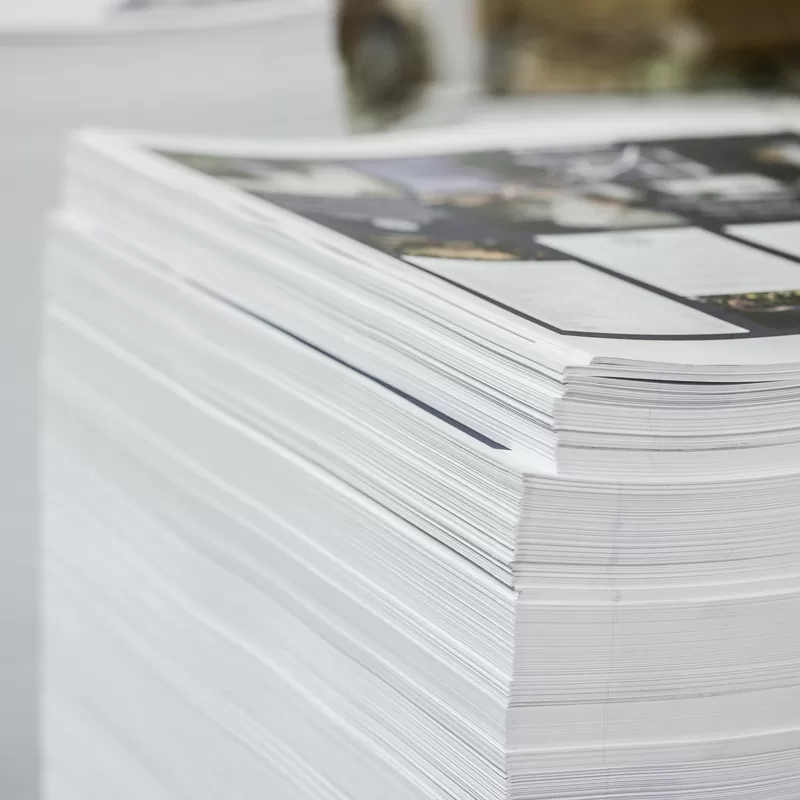
Coated Paper
Shiny PaperCoated paper, with its glossy texture, improves print quality by providing clear details and reducing ink spread. Its special coating stops the paper from soaking up ink. This makes images and text look sharp and bright, as though they have just come off the printer.
This type of paper is available in finishes such as gloss, matte, dull, and satin. These choices make it adaptable for different kinds of projects.
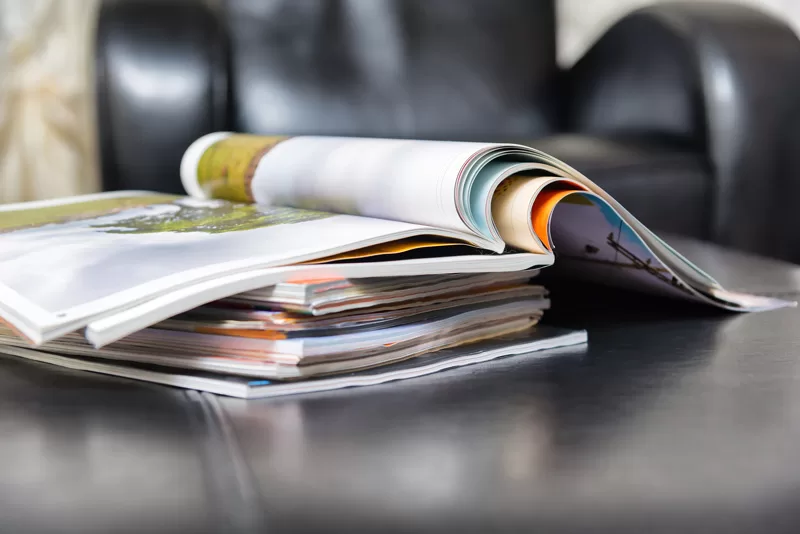
There are many brands of Coated Paper
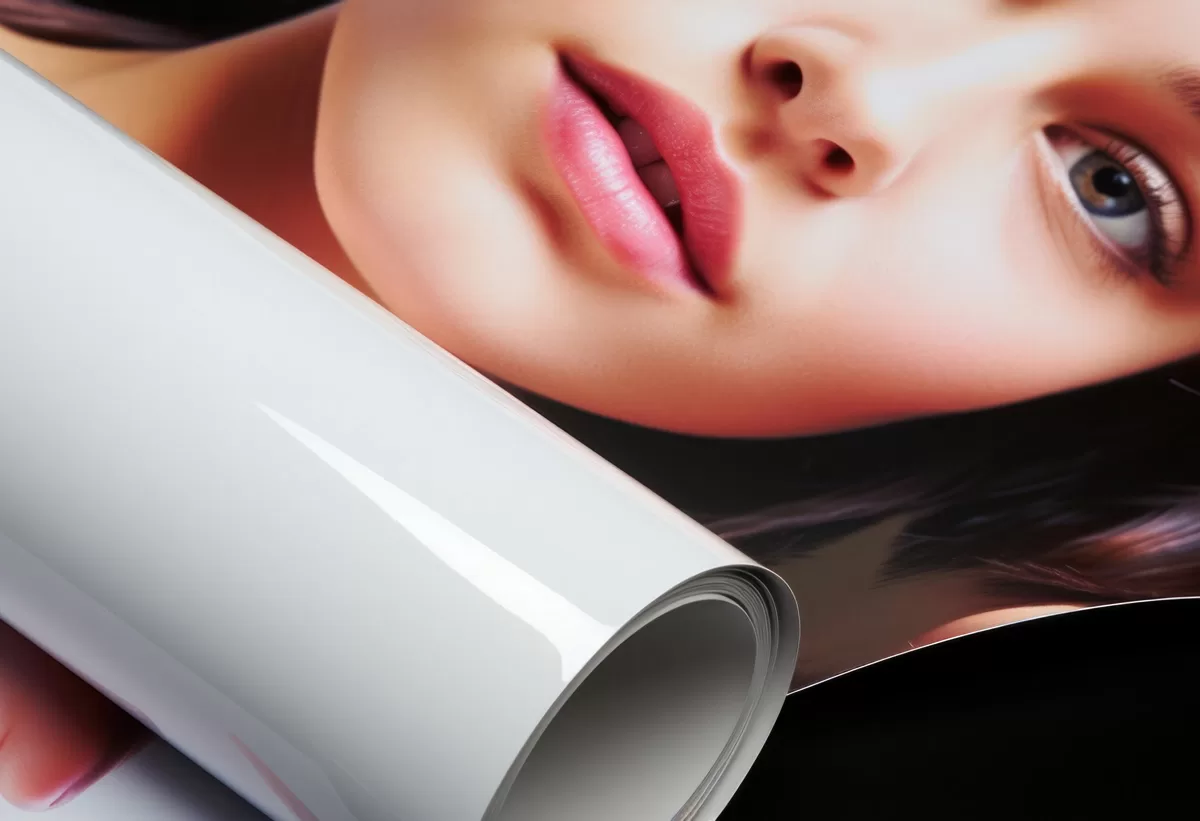
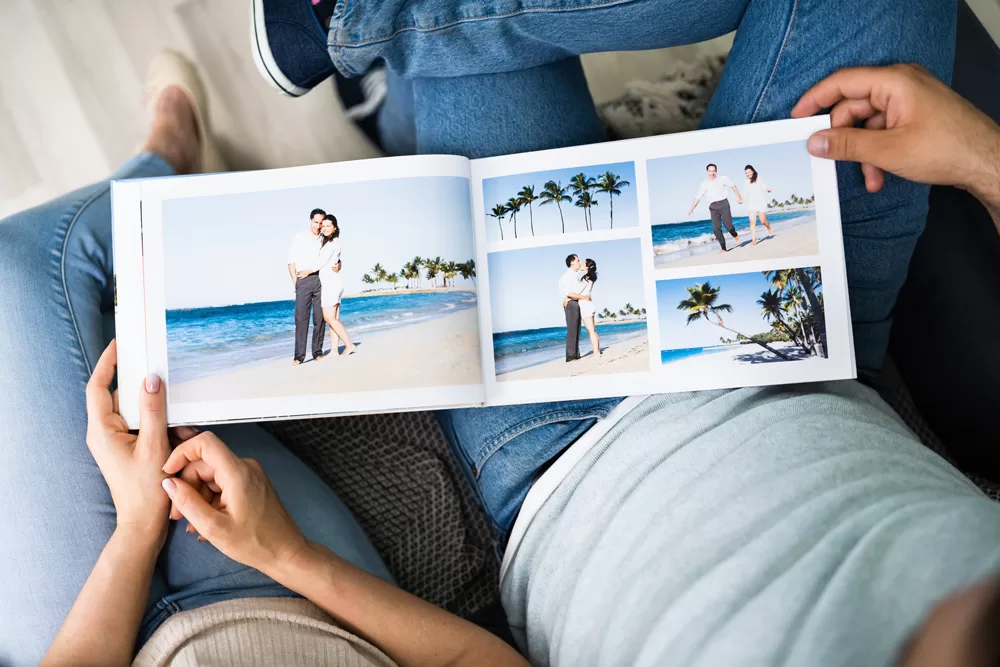
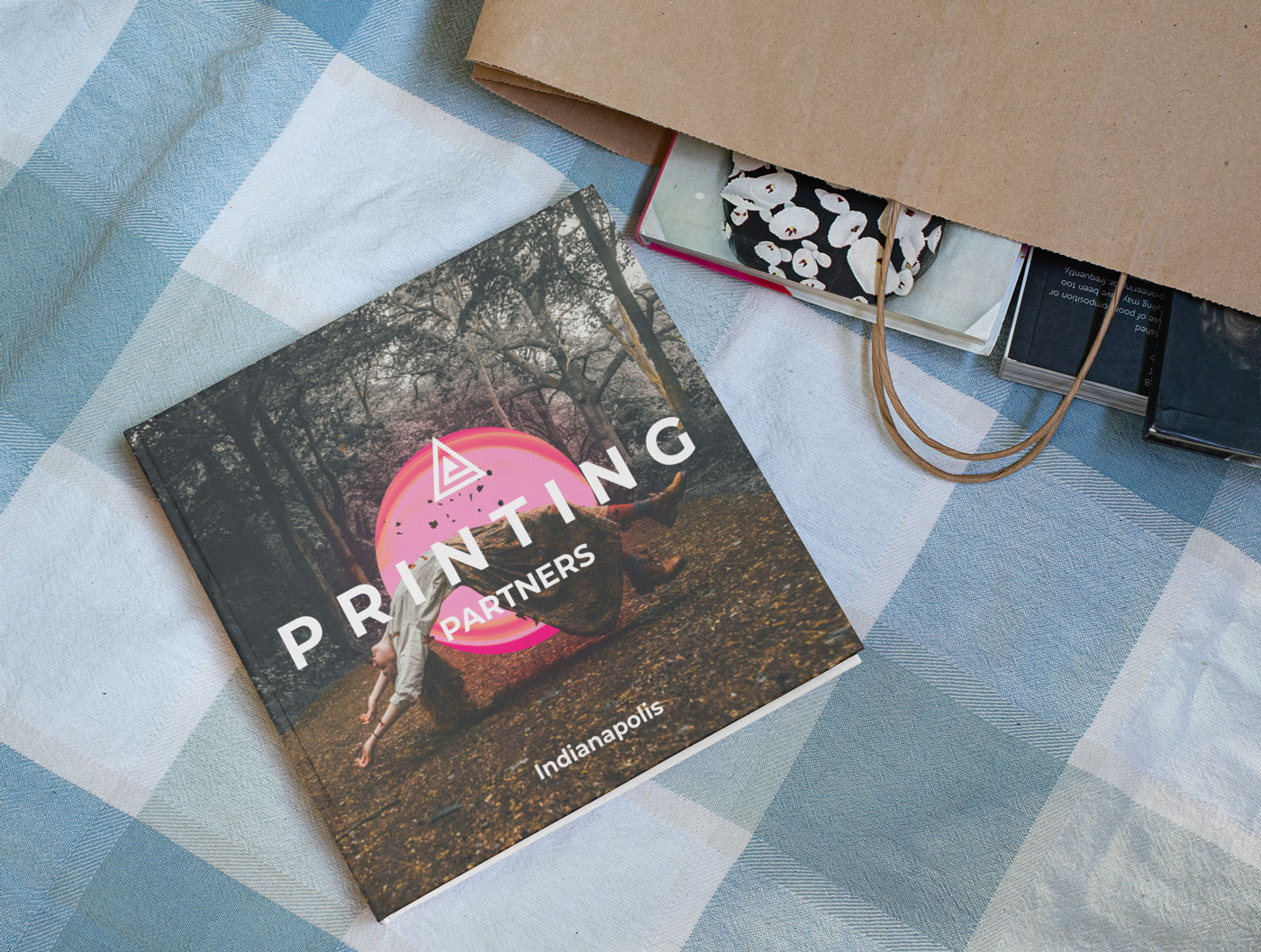
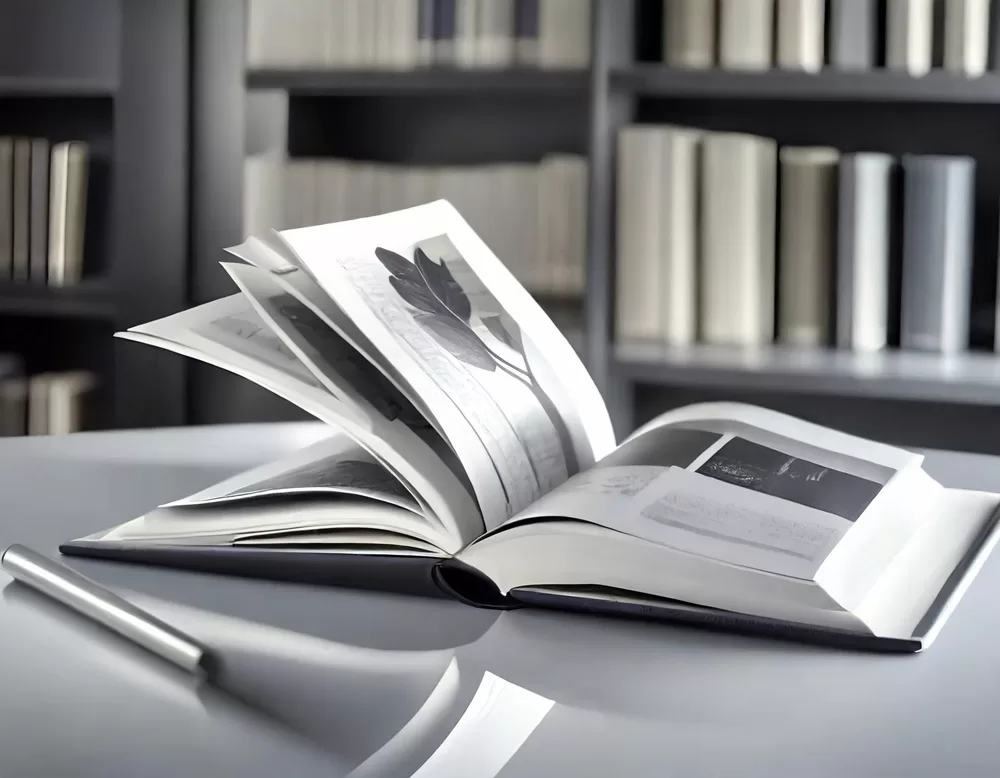
Coated One Side and Coated Two Sides Paper
C1S is coated on one side, while C2S has coating on both sides. They come in various thicknesses from 8pt to 24pt, offering flexibility for a range of projects.
C1S is ideal for products like book covers and packaging, where it's important to have a high-quality feel on the printed side. In contrast, C2S's dual-sided coating is perfect for producing a glossy finish. This makes it a great choice for high-quality items such as postcards and brochures.
C1S is great for projects needing a top-quality finish on only one side. In contrast, C2S excels when you need to print on both sides of the paper, as it brings out bright colors and clear details. Your choice between C1S and C2S should consider the finish you want, the type of print job, and the thickness of the paper required.
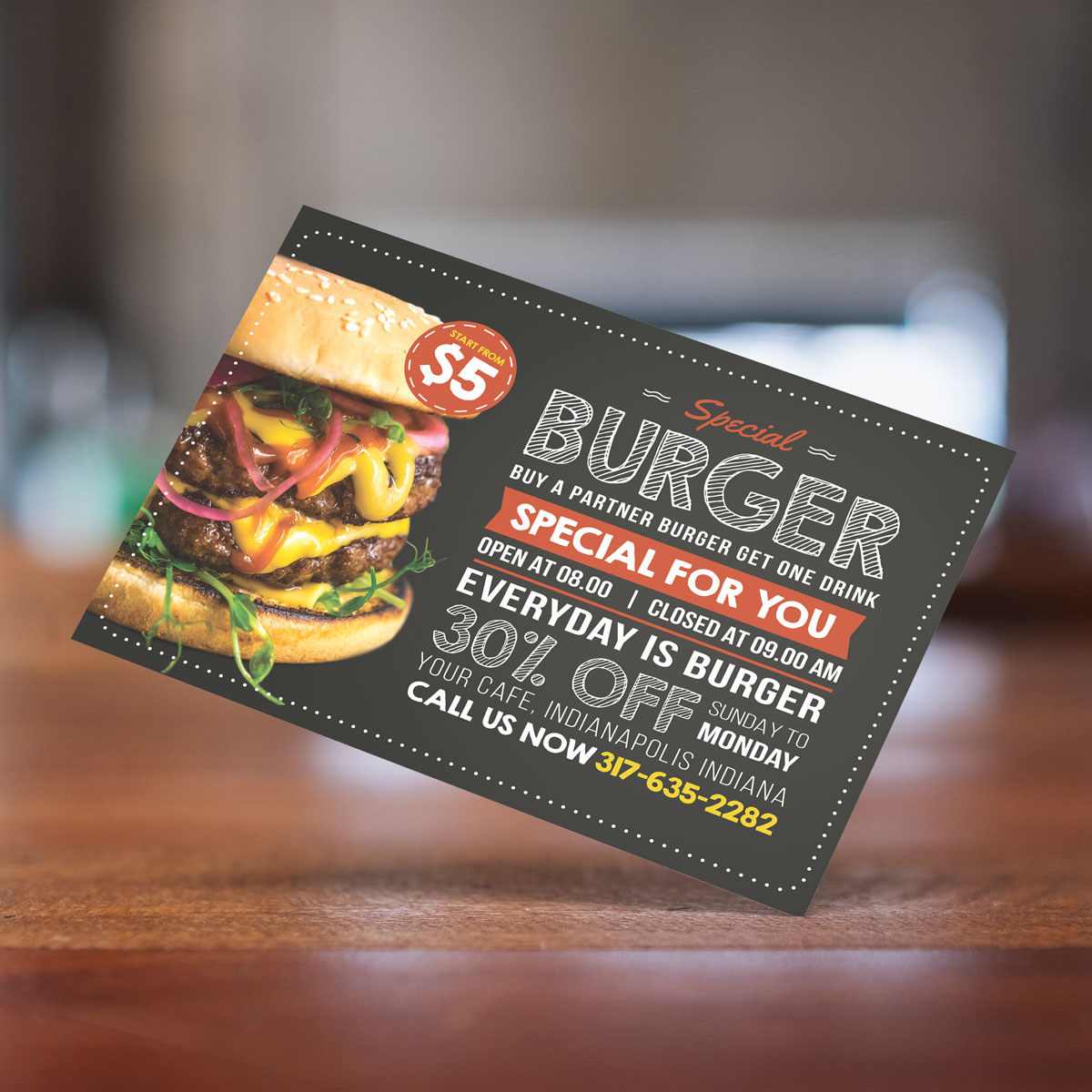
Uncoated Paper
The opposite of gloss, uncoated paper is a popular choice for print jobs, but it does have its drawbacks. Inks absorb directly into the stock without any surface sealant to protect them. This results in dull colors that lack vibrancy and depth.
No shortage of options exists within this category. You can select from finishes like wove or smooth, and textures such as linen, to suit different preferences.

There are many brands of Uncoated Paper
Wove or Smooth Paper
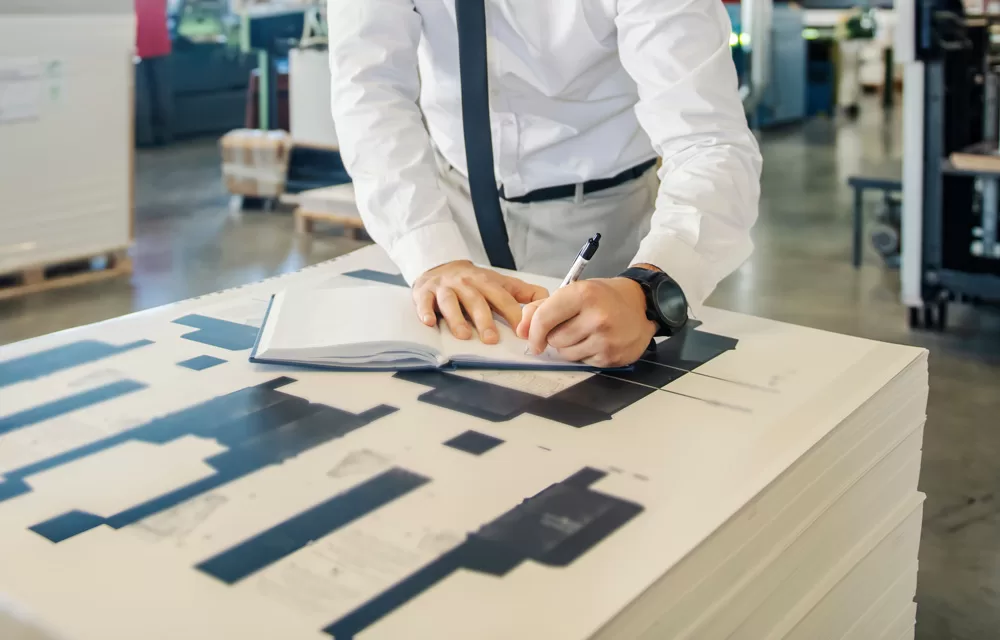
Laid Paper
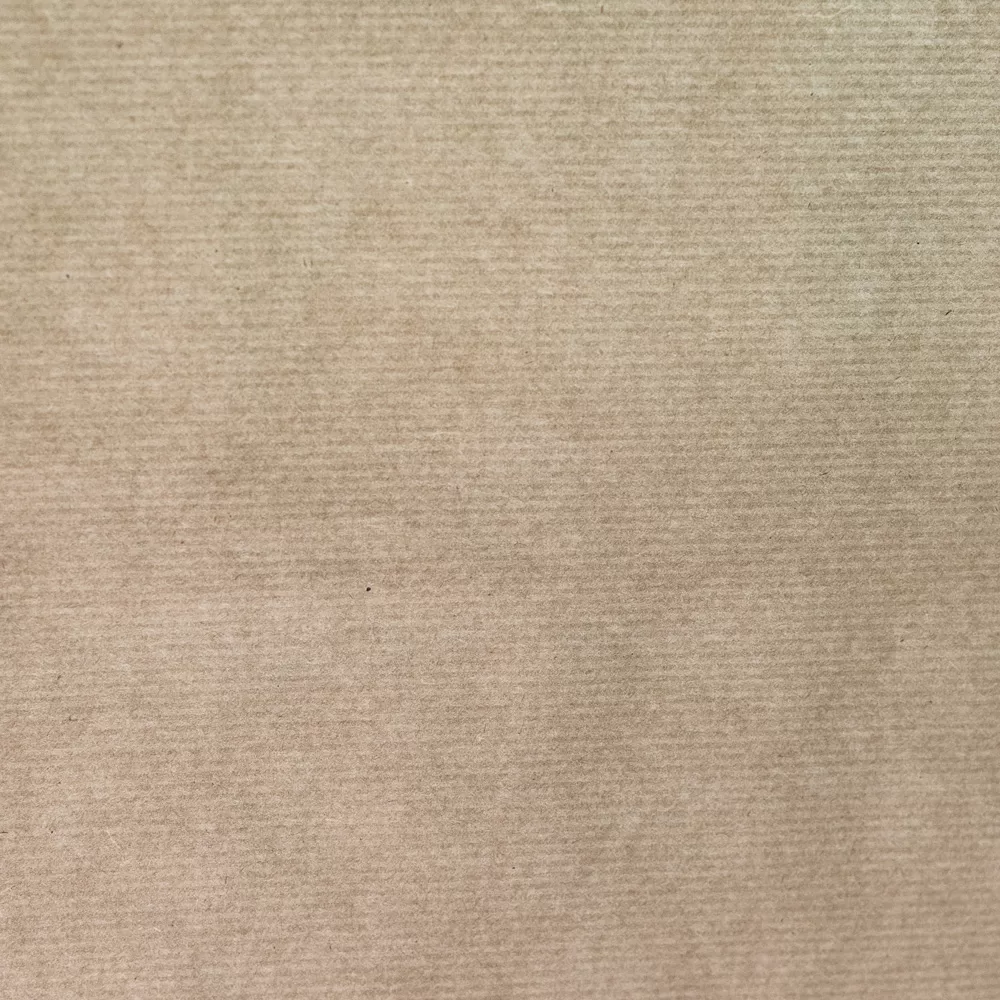
Linen Paper
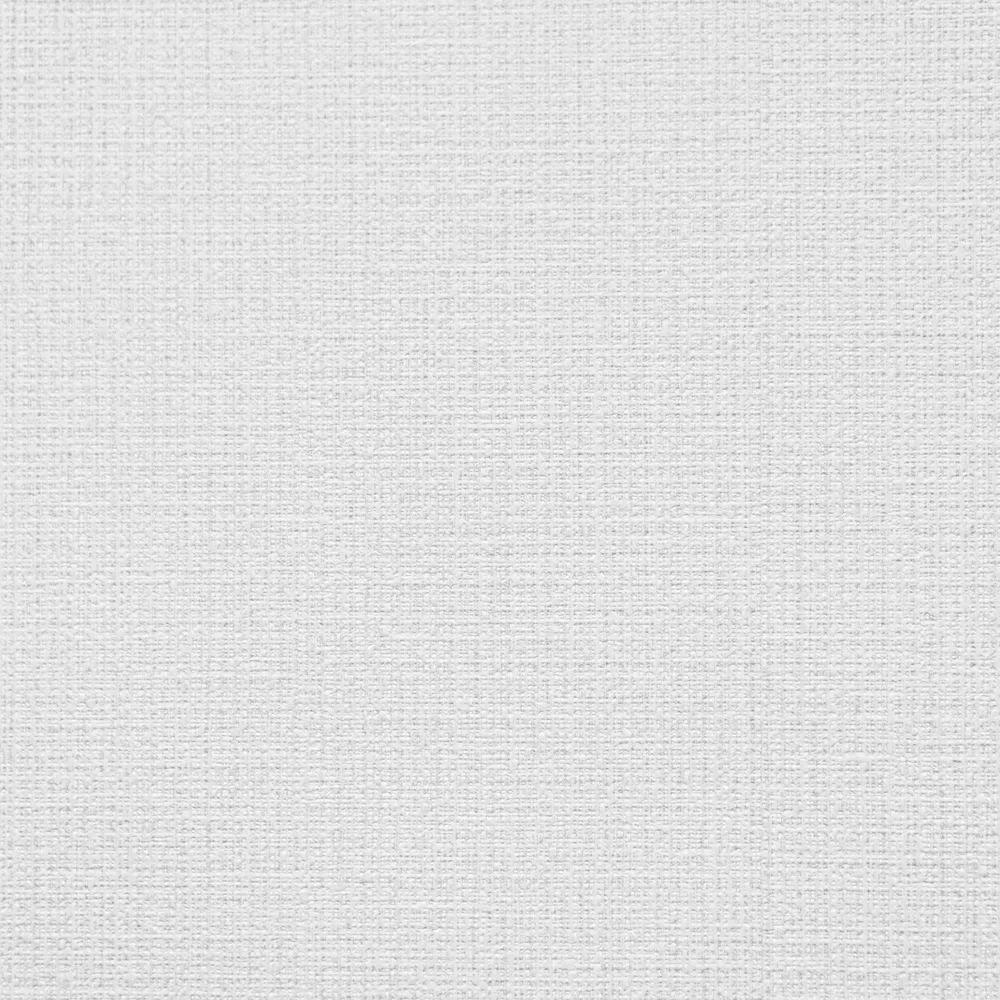
NCR Carbonless
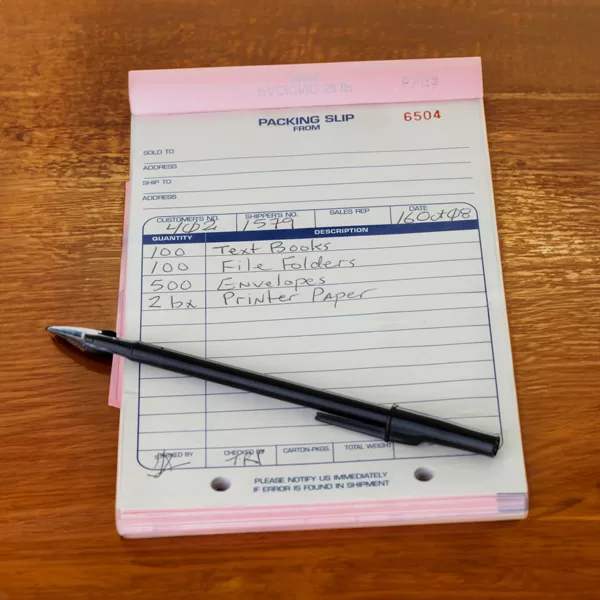
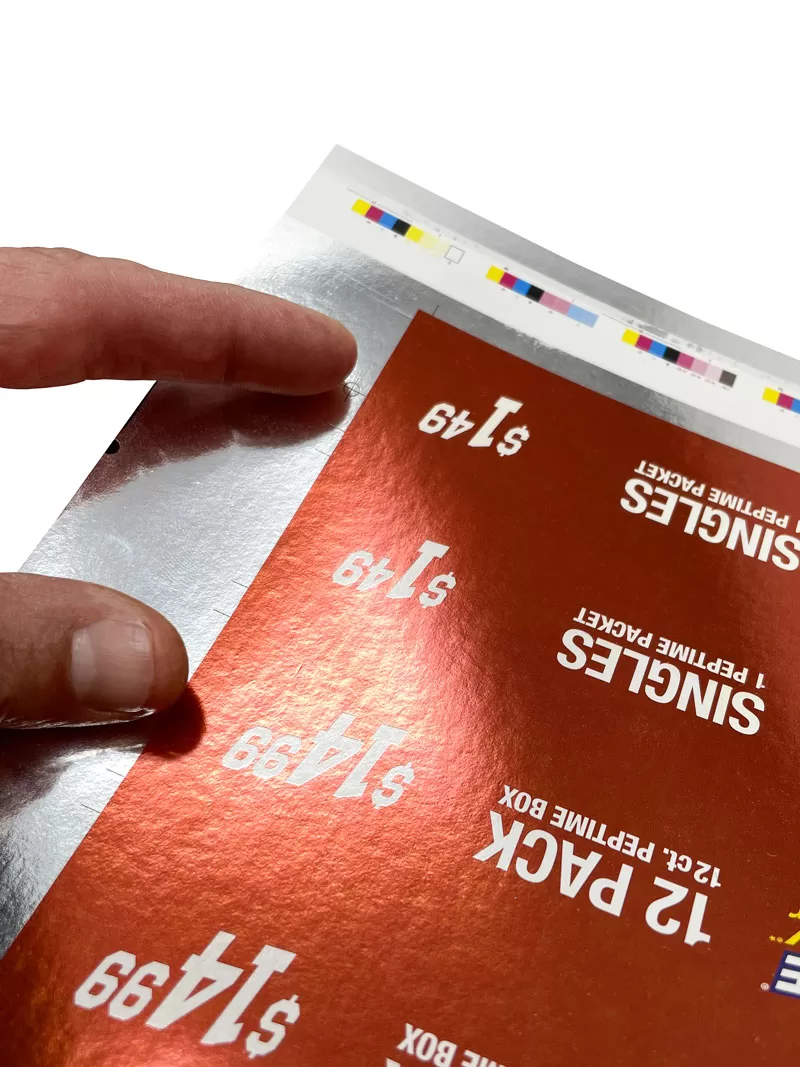
Specialty Papers
Like Mirror Paper
Specialty papers cover many unique and specialized types, each with its own features and benefits for different printing projects. Among these are eco-friendly Recycled Paper, made from post-consumer waste and great for green initiatives. Metallic Paper brings a luxury shimmer, ideal for upscale invitations or business cards. Then there's Translucent or Vellum Paper, semi-transparent, adding elegance to overlays and artistic designs.
The range of specialty papers also includes practical and innovative types. Water-Resistant/Waterproof Paper is essential for outdoor use or in damp areas. Security Paper helps safeguard important documents from forgery. Kraft Paper is valued for its strength and natural look, and Self-Adhesive Paper is commonly used for stickers and labels.
Other noteworthy types are synthetic polyester paper, known for its durability, and magnet-backed paper, ideal for magnetic marketing materials and products. Each kind of specialty paper can improve the final print, adding aesthetic appeal or functionality.
Paper Weight
Paper weight is a crucial factor in choosing the right paper for any printing project. Understanding the thickness of paper is essential in this process. Accurate measurement of paper thickness can significantly influence the choice of paper for specific uses, affecting aspects like print quality, durability, and overall presentation.
Instruments like calipers, thickness gauges, and micrometers precisely measure paper thickness. Each instrument has its own benefits and accuracy levels. For example, micrometers offer exact measurements, crucial for maintaining quality in printing projects. For more information on these measuring tools and how they help in choosing the right paper for different printing jobs, click here.
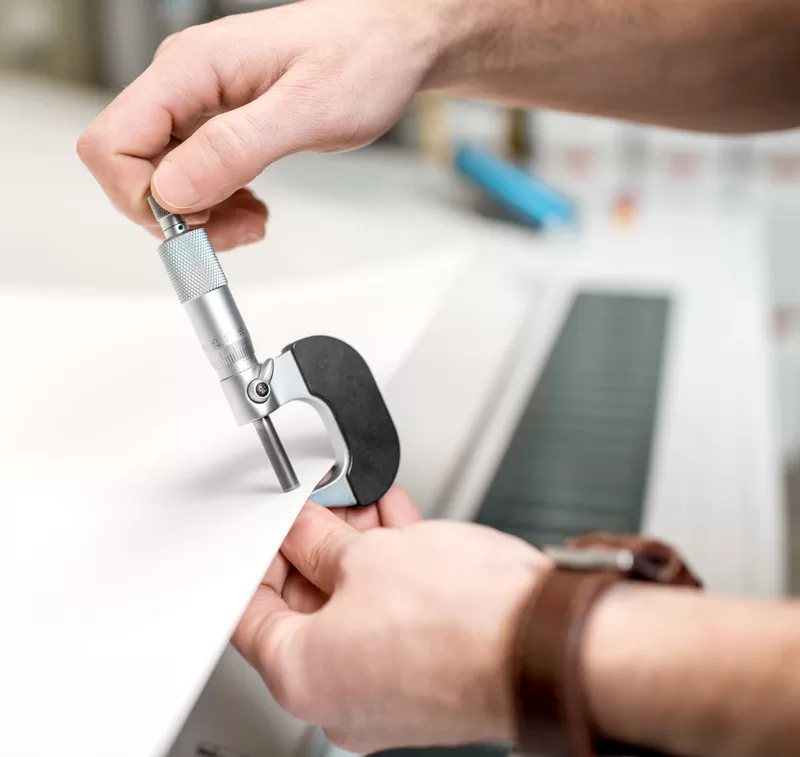
Text Paper Weight
Text weight ranges from 70# to 100#, thicker than standard writing weight but lighter than card stock, perfect for many uses. The 70# type is great for brochures and catalogs; thick enough to stop ink from bleeding through, vital for printing on both sides.
The 80# variant, is heavier, suits premium magazines and corporate reports that require a high-quality feel. The heaviest, 100# text weight, has a substantial feel, ideal for book covers and upscale marketing materials. As the weight increases, so does the thickness and opacity, providing a wide variety of options for different project needs.
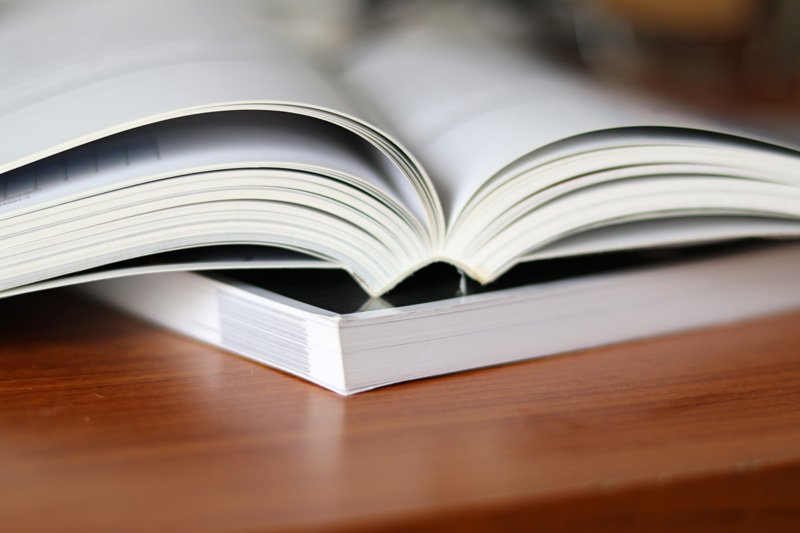
Writing Paper Weight
Writing weight, usually used for official letterheads and stationery, commonly includes 24# and 28#. The 24# strikes a balance between strength and usability, favored for business letterheads and professional documents. In contrast, the 28# is heavier than 24#. Perfect for upscale impressive look. This weight can feature a watermark, adding a sophisticated touch.
For everyday business communication, 24# paper works well, offering a professional appearance without being too thick. For more formal or high-level communication, the sturdier and more refined 28# paper is the choice. Writing weights are adaptable and fitting most printing methods. They also serve well for a range of personal and professional communication needs.
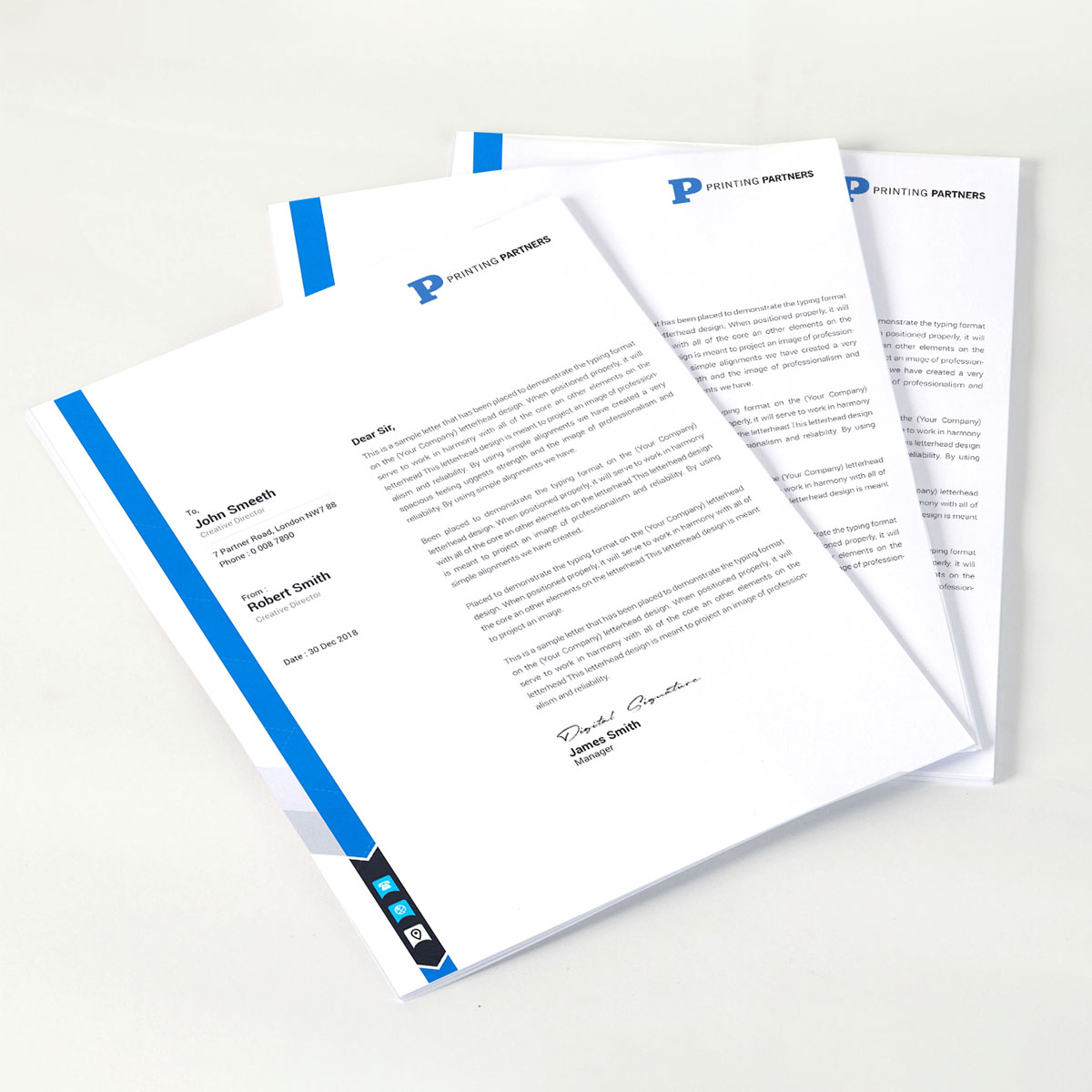
Cover Paper Weight
Cover stocks, with their heavy weight and stiffness, are ideal for durable and high-end applications. Available in weights such as 65#, 80#, 100#, 120#, and 12pt, they are much thicker and stiffer compared to text or writing weights. Their robustness reduces folding and creasing, giving the final product a solid and luxurious feel.
65# cardstock is suitable for items such as report covers, business cards, and postcards. It's sturdy yet not overly thick.
For heavier needs, 80# and 100# cover stocks are better. They're thicker and firmer, ideal for high-quality book covers, fancy business cards, and invitation cards. The heaviest types, 120# weight and 12pt stocks. These are best for luxury items like high-end packaging and heavyweight business cards, where you need the most strength and a luxurious feel.
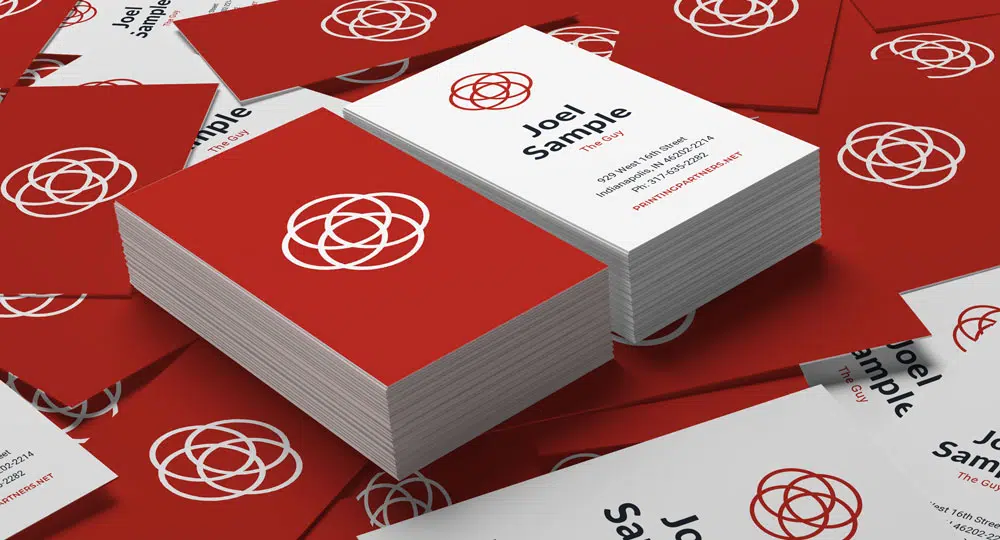
Paper Opacity
Selecting the right paper goes beyond color or texture choices; its opacity significantly impacts your print's visual impact. Opacity is affected by its weight, composition, and how much ink it absorbs.
Absolute transparency is rated at 0% opacity, while complete opacity is 100%. For instance, tracing paper is an example of low opacity. Mastering the use of various opacities can enhance the depth and quality of your designs.
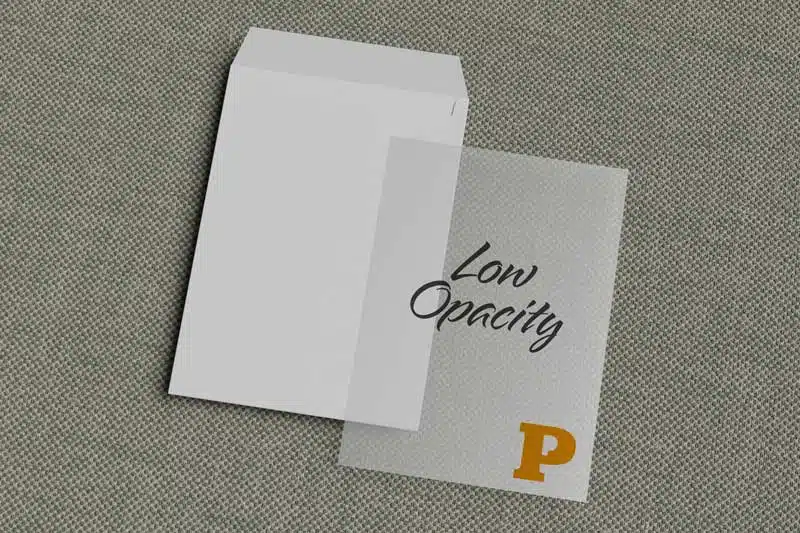
Conclusion
In summary, the right selection of paper is a cornerstone of exceptional printing. Different types are important for successful printing projects. The thoughtful choice of these materials elevates the appearance, tactile experience, and functionality of the final product.
At Printing Partners, we're committed to guiding you through this critical selection process. If you need printing paper near me, our skills and wide range of high-quality options guarantee that your project exceeds your expectations.
Let us help you transform your vision into a tangible masterpiece. Reach out for a detailed printing estimate and embark on a journey to bring your creative aspirations to life.
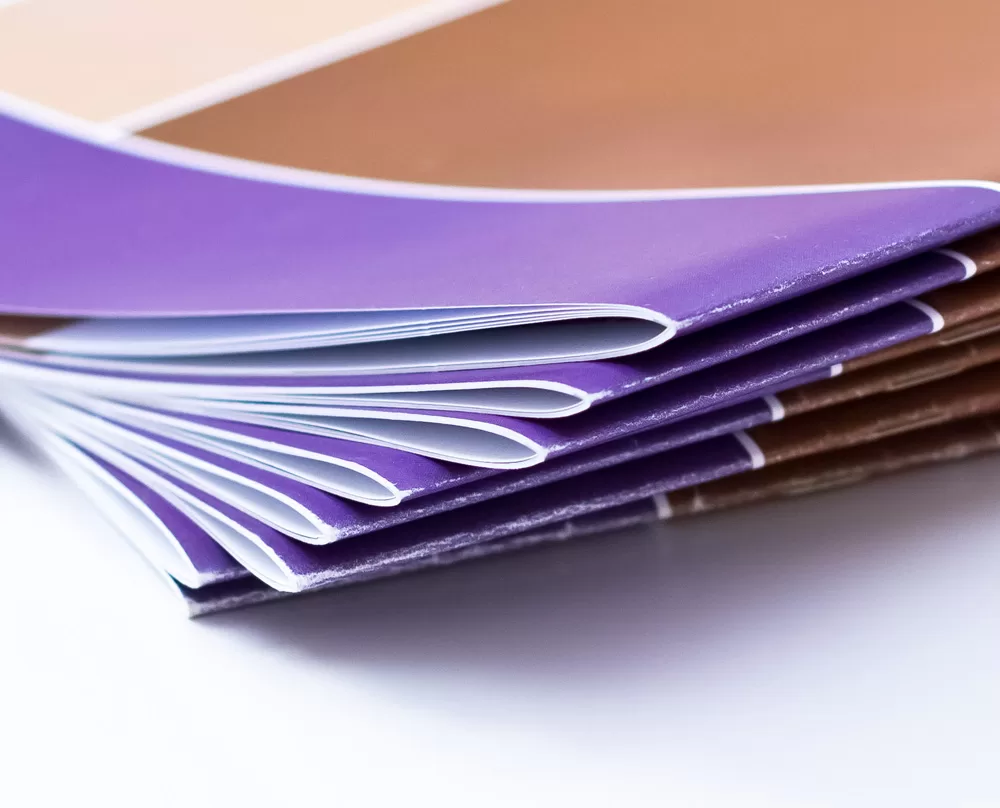
Lost in Paperland? Cast Your Vote and Find Your Perfect Match!
Is your printing company having trouble sourcing printing paper?

About the Author
Kraig Downham is the Marketing Director at Printing Partners, a key player in offset commercial printing. Since 2005, he has contributed to marketing, design, and technology at Printing Partners. As a color expert, Kraig ensures high-quality prints. His work ethic and dedication come from a 10-year journey with 4-H. Learn more about Kraig's work at Printing Partners.
- Page updated February 29, 2024



